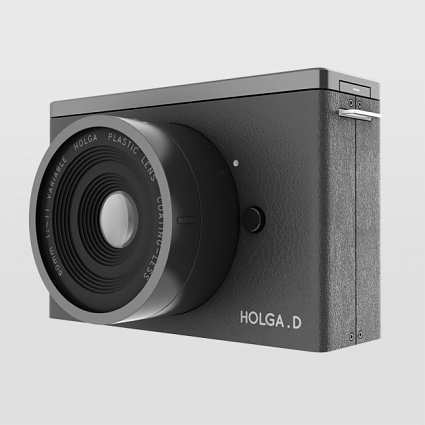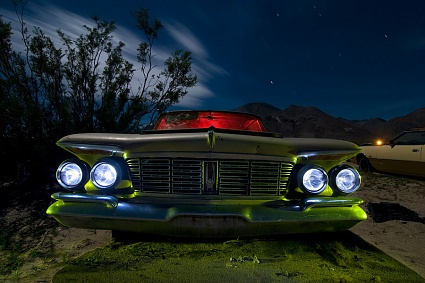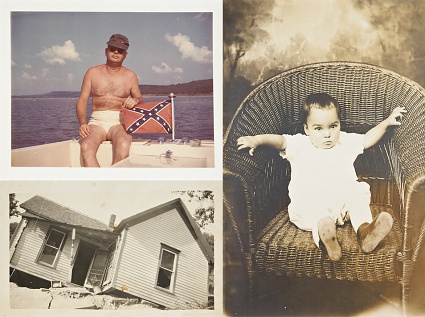In a freshly renewed effort to vanquish the demon known to the ancients as Procrastib'el, I've been spending my evenings this past week wading through the years of photography I've accumulated on the road.
I've been avoiding it for quite a long time, deliberating with myself on just where I should begin among the countless subjects I've had the pleasure of visiting these last few years. With no clear answer in sight, I finally decided just to cannonball my way into the middle and start posting. Please enjoy these first few, totally random subjects:
Chris Barbee's Bowling Ball Yard Art: A folk artist's obsession with bowling balls.
Volkswagen Spider: A huge, German-engineered arachnid.
The Grave of Mister Ed: A horse is a corpse, of course, of course.
Recycled Roadrunner: Officially titled "The Roadrunner," a 40-foot-long bird made of junk.
The World's Largest Steer Skull: Entrance to an Arizona steakhouse, natch.
Camp Scott: The site of the still-unsolved 1977 murder of three Girl Scouts.



